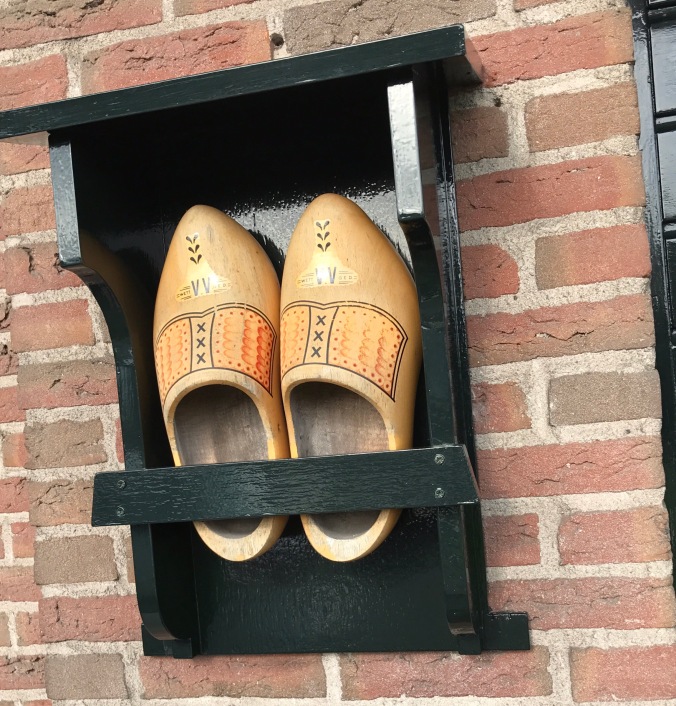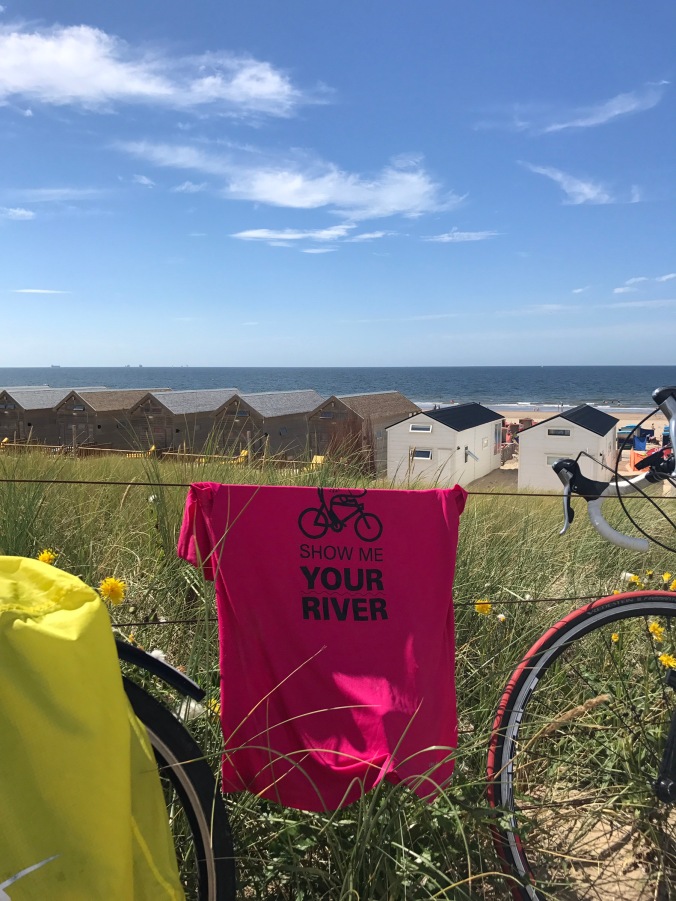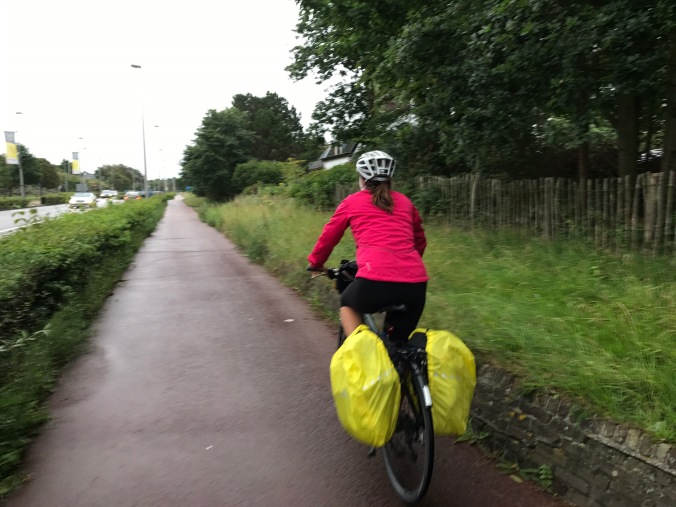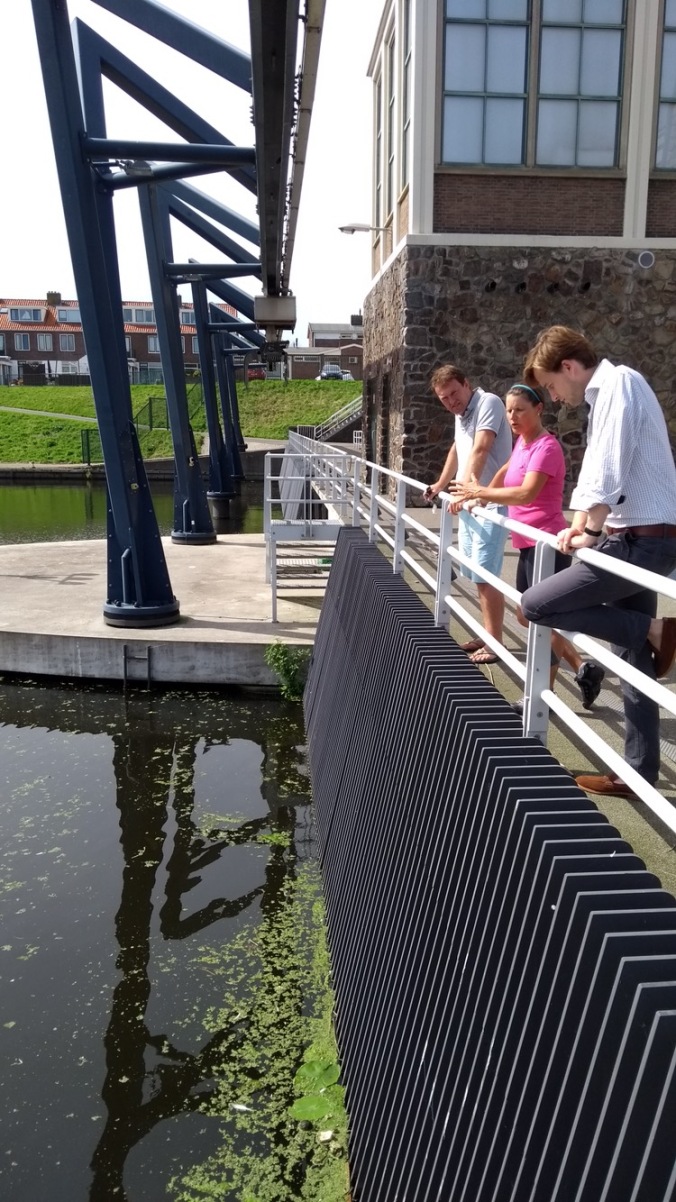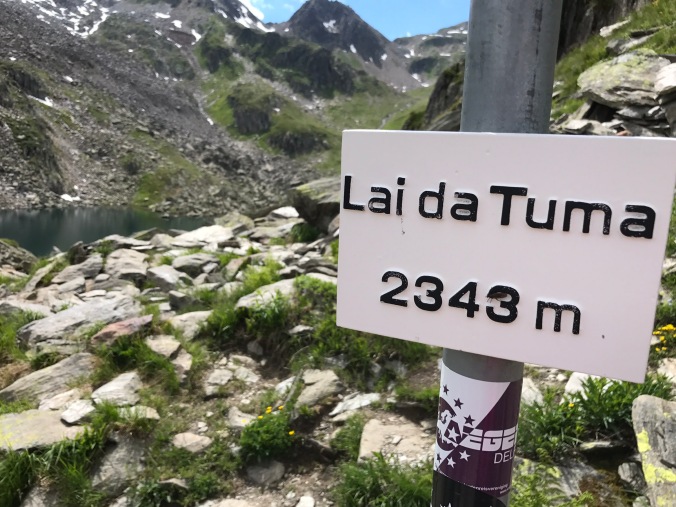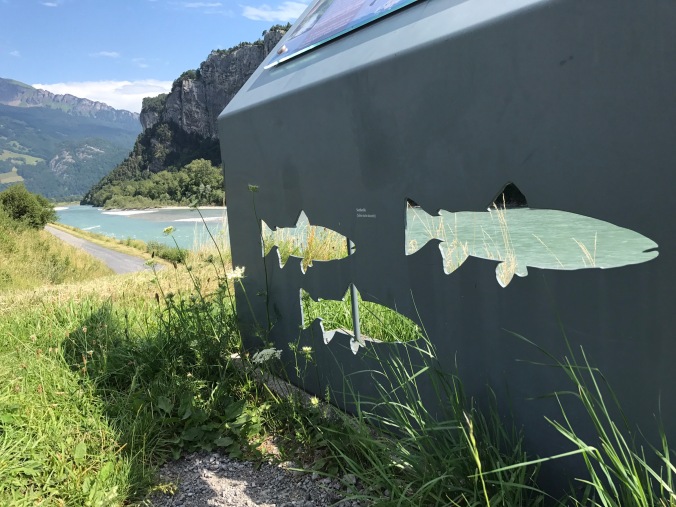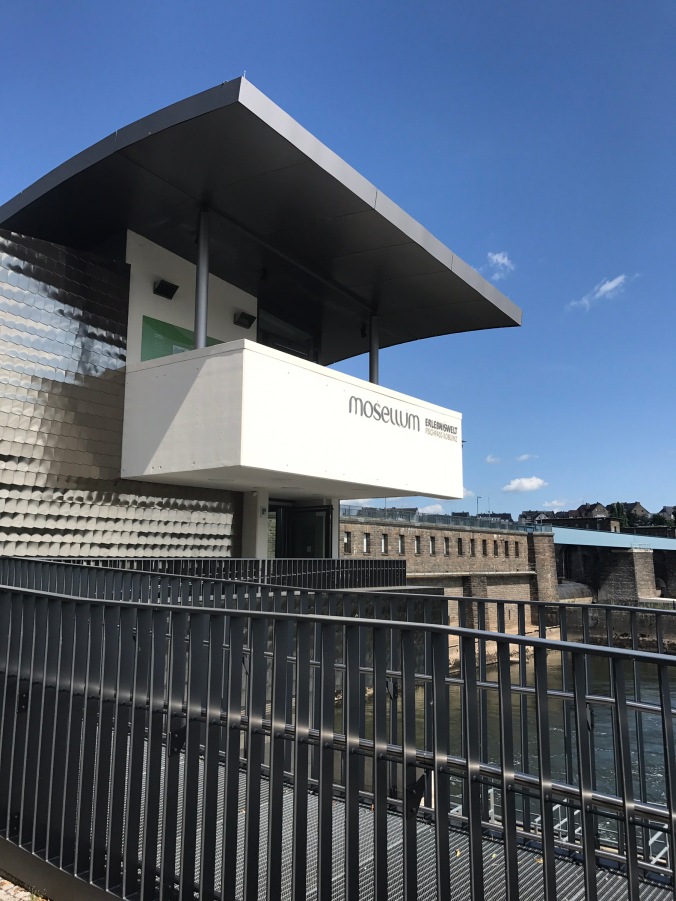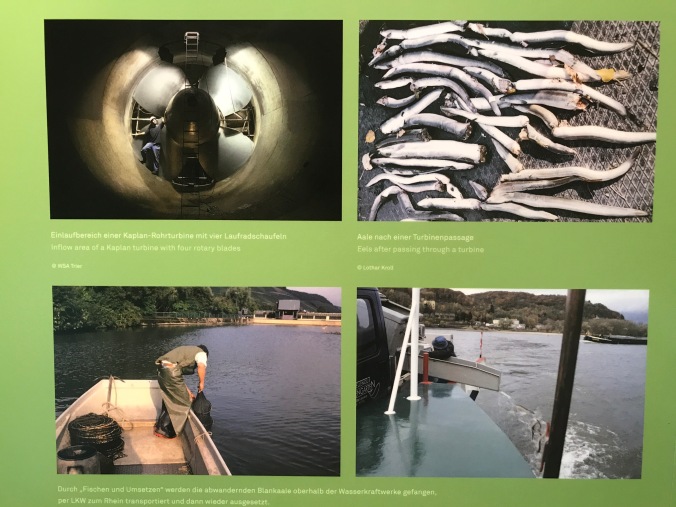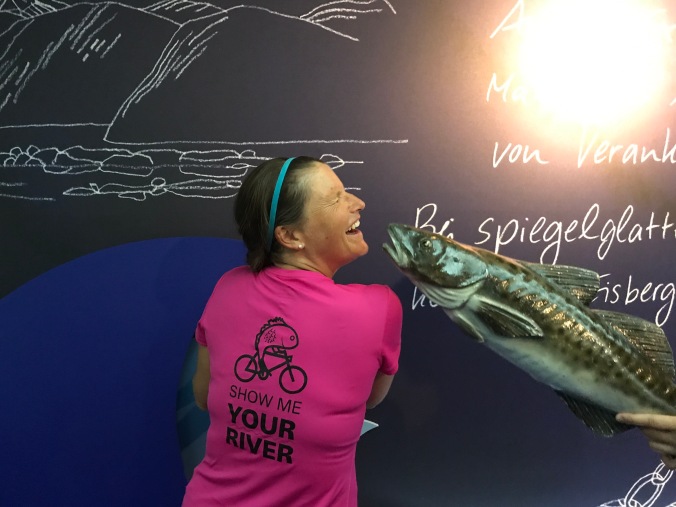I spent Monday morning at a beautiful park in Augusta, Maine on the Kennebec River. Sunday the site hosted a brew fest, Monday we celebrated the 20th anniversary of the removal of the Edwards Dam, Tuesday is the farmer’s Market. It’s actually a brownfield site – former Edwards Manufacturing, powered by a hydroelectric dam that spanned the river and blocked all ten species of native anadromous fish from passing above the site. But things change, and when we work at it, we can make a change for the better.

World Fish Migration Foundation’s Happy Fish makes it to the Kennebec River in Maine photo: Amy Singler, American Rivers
“With the dam’s license to operate set to expire in 1993, four environmental groups—American Rivers, the Natural Resources Council of Maine, the Atlantic Salmon Federation, and Trout Unlimited and its Kennebec Valley Chapter—intervened, along with state and federal resource agencies, to advocate the removal of the dam…” This excerpt is from a recent story in National Geographic; here it is with their interesting photo of the site when the Edwards Dam and mill was still in place.
Patrick Keliher, Commissioner of Maine Department of Marine Resources, concluded the ceremony with a thoughtful toast, to which the assembled lovers of rivers and fish raised their glasses of sparkling cider.
Here is to second chances
Here is to that old saying, “What comes up must come down“
Here is to all the people who had a vision
The Atlantic Salmon that wouldn’t give up
Here is to the river herring who return in numbers we could only imagine
To the shortnose sturgeon who jump for what I can only think must be joy
And for the Atlantic sturgeon so big your jaw drops when they jump
Here is to this river – a river whose ability to heal has been nothing but astoundingTo the Kennebec!


Photos: Lisa Link






 So how do I practice my faith in ecological recovery? By making my own type of pilgrimage, following my instincts, and building human connections.
So how do I practice my faith in ecological recovery? By making my own type of pilgrimage, following my instincts, and building human connections.





